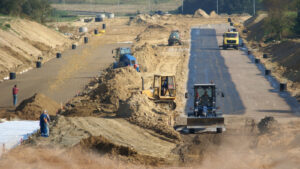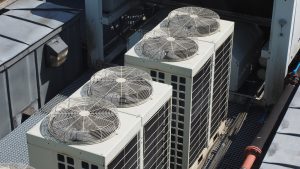What happens to the dirty water industries’ dump every day? The answer lies in the fascinating realm of effluent treatment, which is a process that quietly protects our rivers, soil, and even the air we breathe. Effluent, the wastewater from factories full of chemicals, solids, and toxins, can wreak havoc if left untreated. That is where ‘Effluent Treatment Plants (ETPs)’ step in, working behind the scenes to clean this water before it returns to nature. But how does this complex process actually work?
In this comprehensive guide, we break down every step of the ETP process so you can finally understand how it all comes together.
What is an Effluent Treatment Plant?
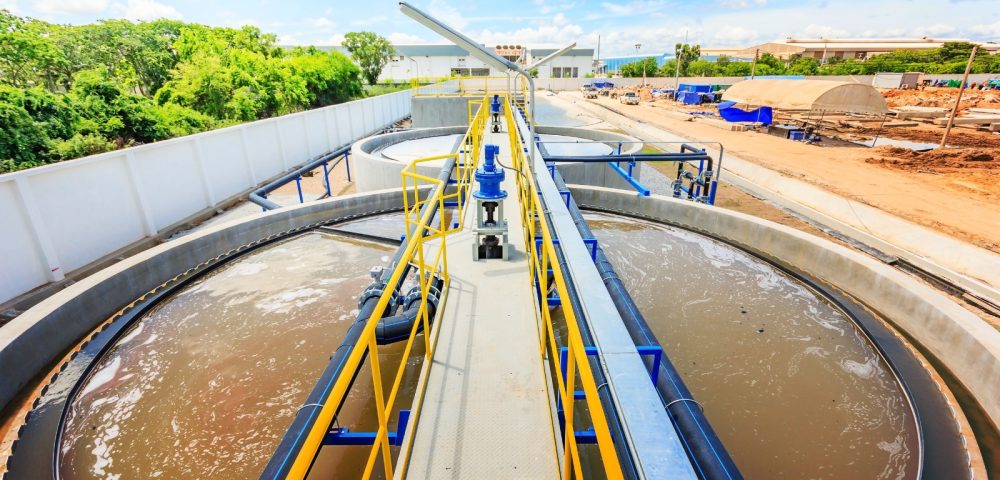
- An effluent treatment plant treats wastewater produced by industries before releasing it into the environment.
- We know that industries generate water mixed with chemicals, oils, solids, and other pollutants during production, so an ETP removes these harmful substances to make the water safe for disposal or reuse.
- The main goal of an ETP is to clean the wastewater enough to meet government discharge standards and avoid harming rivers, lakes, or soil. It also helps industries reuse treated water, which saves fresh water and reduces costs.
Why is Effluent Treatment Important?
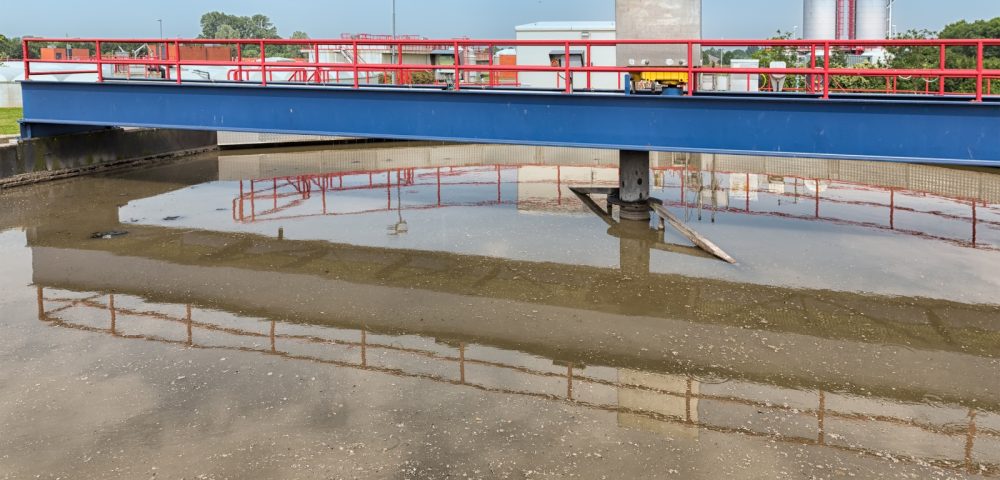
The latter plays an essential role, as it keeps industries compliant with strict legal and regulatory rules while protecting the environment from serious harm.
When factories discharge untreated wastewater, it pollutes rivers, lakes, and soil, which damages ecosystems and kills aquatic life. Contaminated water also seeps into farmland and drinking supplies, putting human health at risk.
Treating effluent not only avoids heavy fines and shutdowns from authorities but also shows responsibility toward the community and environment. Businesses that treat their wastewater properly save money in the long run because clean water can sometimes be reused in their processes, reducing their need for fresh water.
Moreover, customers and partners trust companies that care for the planet, which strengthens their reputation and helps them stand out in competitive markets.
What is Effluent Treatment Process?
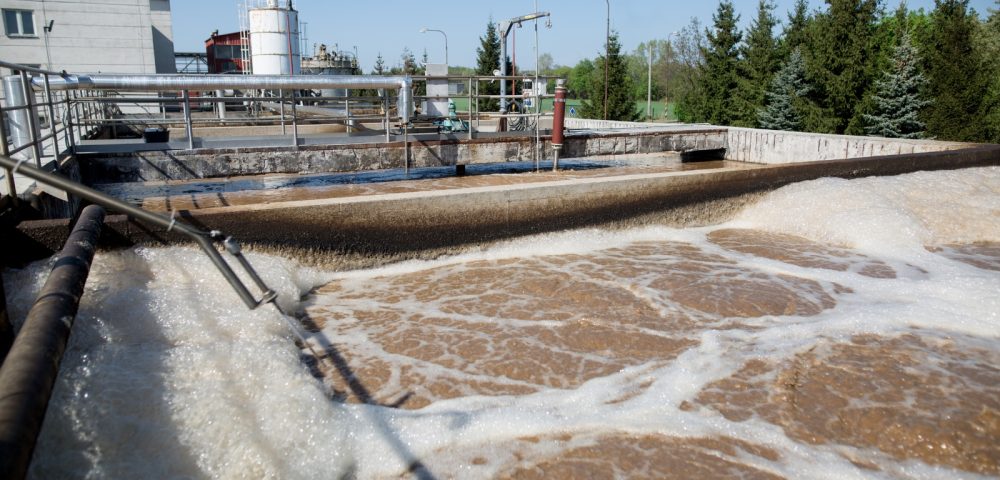
This process follows a clear flow from the inlet of wastewater to its safe discharge or reuse, passing through three main stages: primary, secondary, and tertiary treatment.
At the start, the plant removes large solids, grit, and floating debris during the primary stage, which prepares the water for deeper cleaning. Next, in the secondary stage, biological processes break down organic matter with the help of microorganisms, making the water much cleaner. After that, the tertiary stage removes remaining fine particles, dissolved chemicals, and harmful microbes to meet strict discharge standards or make the water reusable.
Throughout this flow, sludge forms at different stages, and the plant collects, treats, and disposes of it safely to prevent more pollution.
Some plants also use advanced treatments like membrane filtration, UV disinfection, or chemical polishing when industries demand even higher water quality. Together, these steps create a thorough system to treat wastewater responsibly.
Detailed Steps of the Effluent Treatment Process

Preliminary Treatment
In the preliminary treatment stage, the plant prepares the wastewater for deeper cleaning by removing visible and heavy materials.
First, screens trap large solids like plastics, rags, and sticks that could block pipes or damage equipment. Then, grit chambers settle sand, gravel, and small stones, which are too heavy to float, protecting pumps and tanks from abrasion.
After that, the water enters an equalisation tank, which balances the flow and stabilises the pH so that sudden surges or chemical changes do not harm the rest of the process.
This step ensures the following treatments work more effectively and smoothly.
Primary Treatment
In the primary treatment stage, the plant focuses on separating suspended solids from the wastewater.
First, the water flows into sedimentation or settling tanks where gravity pulls heavier particles to the bottom, forming sludge that workers remove later. If the water still contains fine solids, operators add chemicals in a process called coagulation and flocculation.
These chemicals help tiny particles stick together, making them heavy enough to sink.
This stage clears much of the physical pollution and makes the water clearer, preparing it for the biological treatment that follows. It is simple but essential for reducing solid waste effectively.
Secondary Treatment (Biological Treatment)
This brings biology into action as it removes dissolved organic matter that earlier stages could not handle.
In aeration tanks, workers pump air into the water to encourage microorganisms to grow and digest harmful pollutants. Many plants use the activated sludge process, where these microbes form clumps and feed on waste, breaking it down naturally.
Afterwards, the water moves to a secondary clarifier where the biomass, now heavy, settles to the bottom, leaving much cleaner water above.
This stage uses nature’s methods and turns organic pollution into harmless sludge, setting the stage for final purification.
Tertiary or Advanced Treatment
During the tertiary treatment, the plant gives the water its final polish to meet high-quality standards or prepare it for reuse.
In this step, filtration removes any remaining fine particles that earlier processes missed.
Then, operators disinfect the water using chlorine, ultraviolet light, or ozone to kill harmful bacteria and pathogens, making it safe for the environment or certain applications. Sometimes, plants use extra techniques like chemical polishing or advanced membranes to remove trace contaminants.
This stage ensures the water meets even the toughest discharge rules, protecting both people and nature from invisible but dangerous pollutants.
Sludge Treatment
The latter handles all the solid waste collected from earlier stages to keep the process clean and safe.
After workers collect sludge from settling tanks and clarifiers, it goes through thickening to remove excess water and make it more manageable.
Then, they dewater it further using presses or centrifuges, which reduces its volume. Finally, the treated sludge gets disposed of in an environmentally friendly way, sometimes used as compost or fuel, or safely sent to landfills.
This step ensures the plant does not just clean the water but also responsibly manages the leftover waste.
Common Technologies Used in ETPs
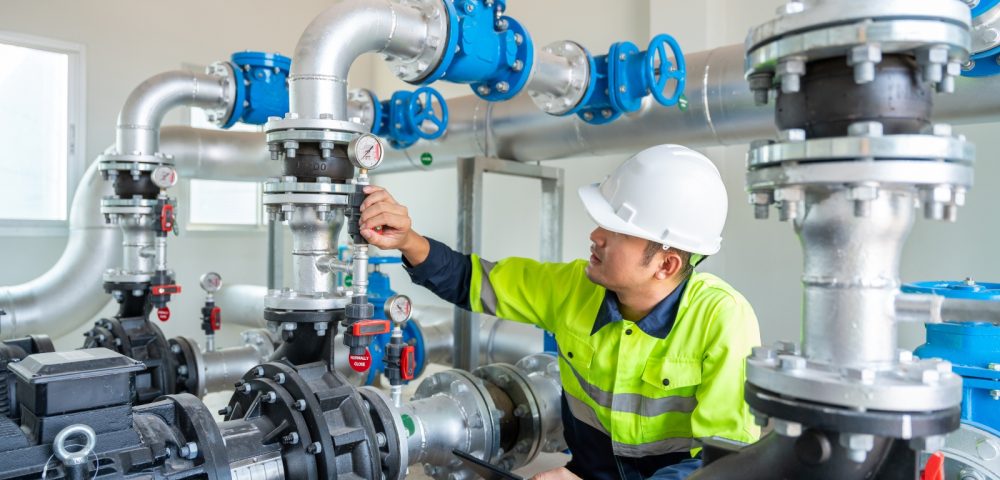
Effluent treatment plants use a mix of mechanical, chemical, and biological techniques to clean wastewater effectively.
As we see, mechanical methods remove solids through screens, clarifiers, and filters. Chemical processes use agents to neutralise toxins, break down oils, and help solids settle faster.
Biological methods let microorganisms digest organic matter naturally.
Plus, some advanced technologies like Membrane Bioreactors (MBR), Moving Bed Biofilm Reactors (MBBR), and Dissolved Air Flotation (DAF) come into play when industries produce high-strength or complex effluent.
These modern systems handle tougher contaminants and deliver higher water quality.
Best Practices for Effective ETP Operation
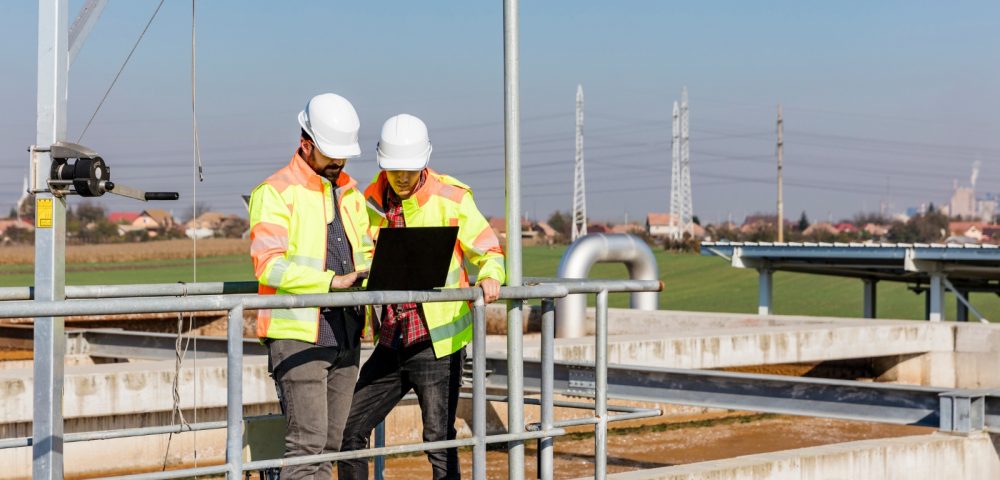
- In order to run an ETP effectively, you need to follow smart and consistent practices that keep everything working smoothly and responsibly.
- This is why you should regularly monitor and test the water at every stage to catch problems early and make sure the plant meets quality standards.
- You must maintain all equipment properly because even small faults in machines can cause big issues in treatment results.
- You should also train staff thoroughly so they understand each step, handle emergencies confidently, and follow correct procedures.
- Always comply with local and national regulations to avoid penalties and protect the environment.
- It is important that you keep detailed records of operations, tests, and maintenance to track progress, identify patterns, and improve efficiency.
Guaranteeing the Quality of Effluent Treatment Plant Process via AI
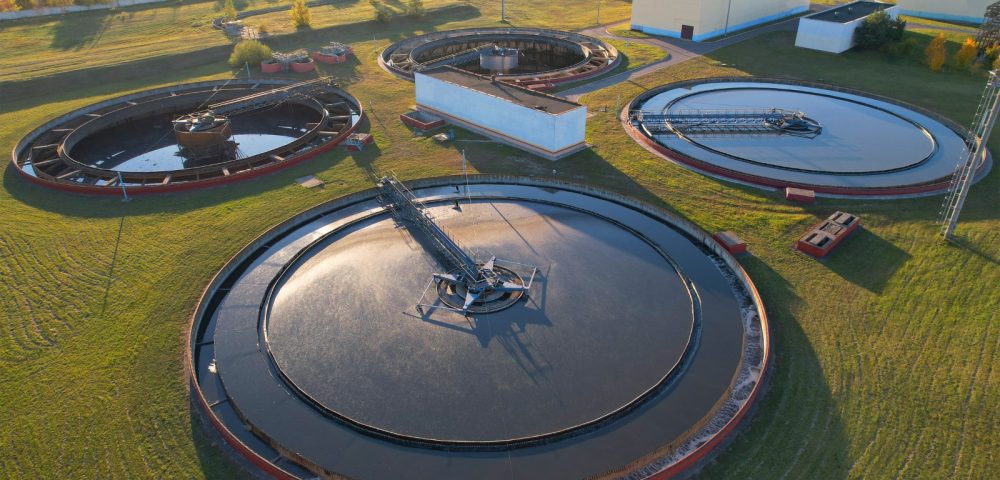
Effluent treatment deserves more than outdated routines. What it actually deserves is intelligence. Tigernix AI-powered Wastewater Software Suite does not just monitor; it predicts, adjusts, and protects your process round-the-clock. Ready to take control with AI? Discover how you can transform your ETP into a smarter, greener powerhouse now!


